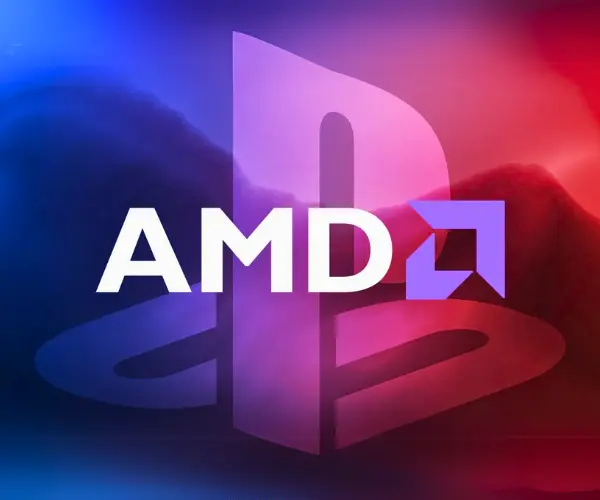Google Counters US Government’s Call to Force Chrome Sale

San Francisco – Google has proposed alternative remedies to address antitrust concerns, countering the US government’s push to dismantle the company by selling its Chrome browser. Instead, Google is urging the court to impose restrictions on its licensing practices rather than forcing a breakup.
In a 12-page filing late Friday, Google suggested that the court bar it from requiring mobile device manufacturers to pre-install or prioritize Google software—such as Chrome, Play, or Gemini—as a condition for licensing other popular Google apps. The tech giant’s proposal seeks to address concerns about unfair competition while avoiding the drastic measures sought by the US Department of Justice (DOJ).
US Government’s Case Against Google
The DOJ has called for significant changes to Google’s business structure, including the sale of its Chrome browser and the prohibition of agreements that make Google the default search engine on mobile devices. The agency also seeks to limit Google’s ability to use its Android operating system to secure dominance in search and other digital markets.
The call for Chrome’s sale comes in the wake of a landmark antitrust ruling in August, where US District Court Judge Amit Mehta determined that Google operates as a monopoly. This decision marked a major victory for regulators aiming to curb Big Tech’s influence.
Google’s Alternative Proposal
In its counterproposal, Google recommended a ban on licensing practices that tie the distribution of its search engine or other software to agreements with mobile manufacturers or wireless carriers. The company emphasized that it should still be allowed to negotiate licensing deals, as long as they do not compel manufacturers to pre-install Google’s software or set it as the default.
“Nothing in this Final Judgment shall otherwise prohibit Google from providing consideration to a mobile device manufacturer or wireless carrier with respect to any Google product or service,” the proposed order states.
This approach, Google argues, would address concerns about unfair competition without dismantling the company’s core operations, such as Chrome and Android.
A Shift in Antitrust Enforcement
The DOJ’s call to break up Google reflects a dramatic shift in US antitrust enforcement, marking the most aggressive action since the government’s attempt to break up Microsoft in the late 1990s. That effort ultimately failed, leaving Big Tech largely unchecked for decades.
If Judge Mehta accepts the DOJ’s proposal, it would represent a profound regulatory intervention in the tech industry. However, regardless of the court’s decision, Google is expected to appeal, likely prolonging the legal battle for years and potentially involving the US Supreme Court.
Political Uncertainty
The case could also be affected by political changes, with President-elect Donald Trump’s administration set to take office in January. The incoming administration will appoint a new team to lead the DOJ’s antitrust division, potentially reshaping the direction of the case. Options could include continuing the trial, seeking a settlement, or dropping the lawsuit entirely.
A Broader Context
The trial, which concluded last year, focused on Google’s confidential agreements with smartphone manufacturers, including Apple. These deals, which involve substantial payments, ensure Google’s search engine is the default option on browsers, iPhones, and other devices.
Judge Mehta ruled that such arrangements give Google unrivaled access to user data, reinforcing its dominance in the global search market.
What Lies Ahead
Google’s counterproposal highlights its effort to navigate antitrust concerns without resorting to structural changes. The court’s final decision will set a precedent for how regulators address the growing influence of tech giants in the digital age. Meanwhile, the company’s potential appeal suggests that this legal battle is far from over.
The case’s outcome could redefine the regulatory landscape for Big Tech, shaping the future of competition and innovation in the industry.






